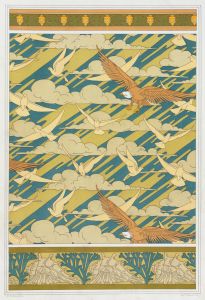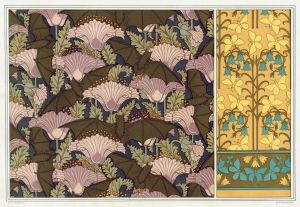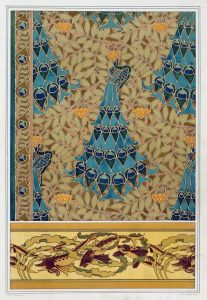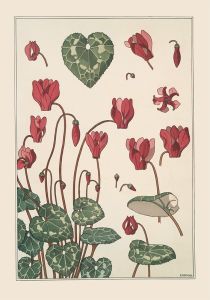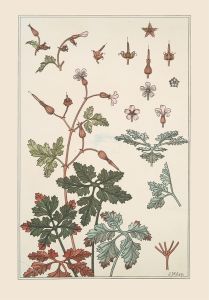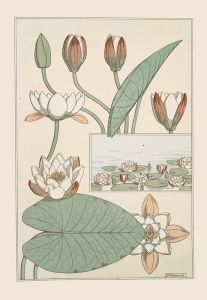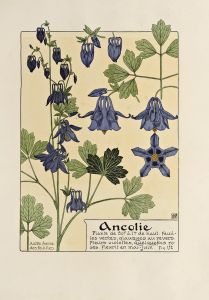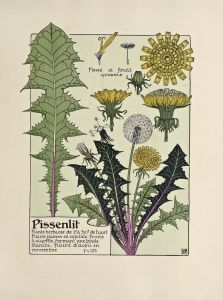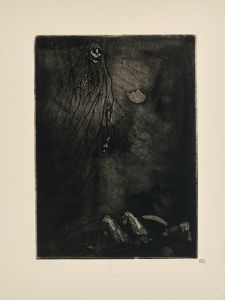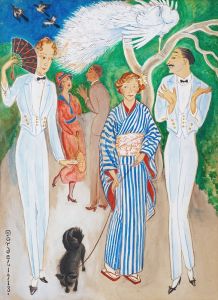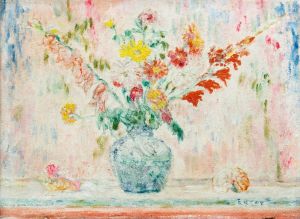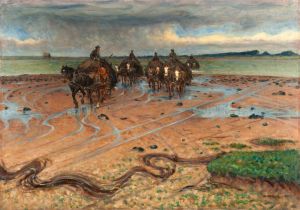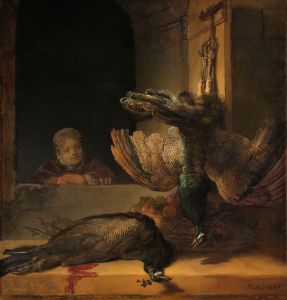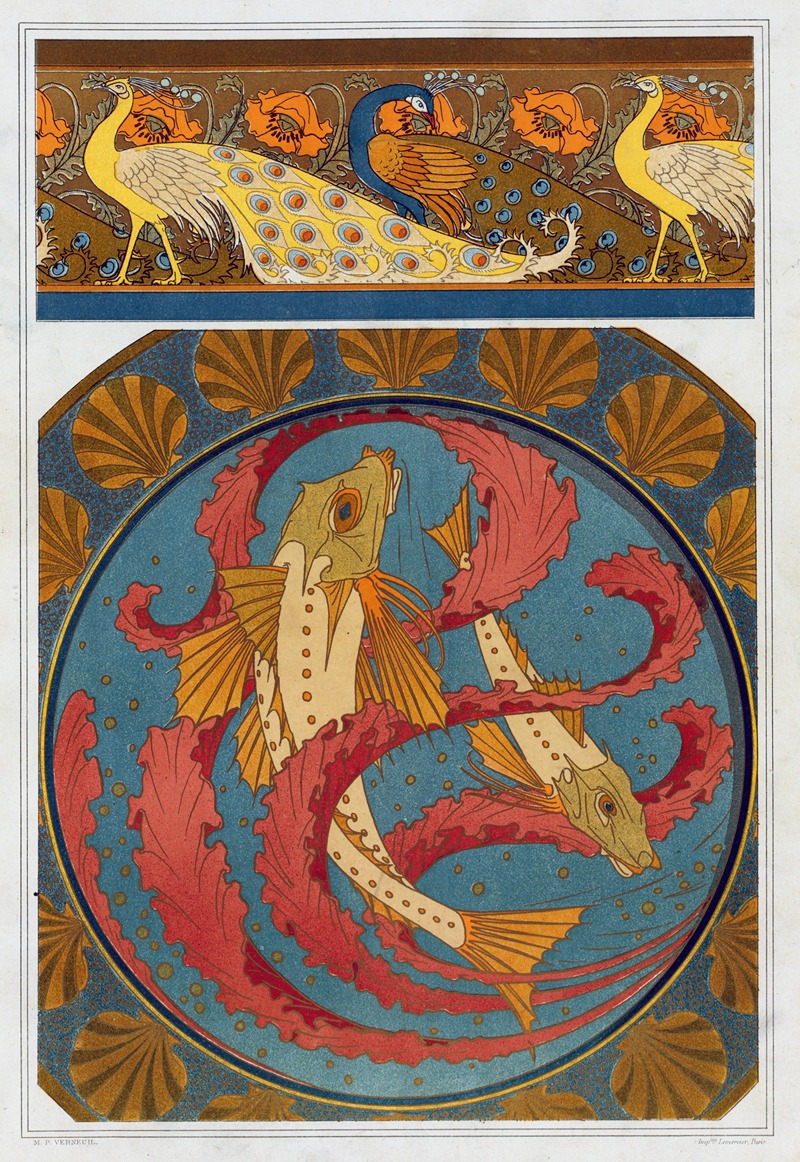
Paons et pavots, bordure. Grondins, algues et coquilles, plat en émail cloisonné.
A hand-painted replica of Maurice Pillard Verneuil’s masterpiece Paons et pavots, bordure. Grondins, algues et coquilles, plat en émail cloisonné., meticulously crafted by professional artists to capture the true essence of the original. Each piece is created with museum-quality canvas and rare mineral pigments, carefully painted by experienced artists with delicate brushstrokes and rich, layered colors to perfectly recreate the texture of the original artwork. Unlike machine-printed reproductions, this hand-painted version brings the painting to life, infused with the artist’s emotions and skill in every stroke. Whether for personal collection or home decoration, it instantly elevates the artistic atmosphere of any space.
Maurice Pillard Verneuil (1869–1942) was a French artist and designer known for his contributions to the Art Nouveau movement. He specialized in decorative arts, including ceramics, textiles, and graphic design, and was particularly recognized for his innovative use of natural motifs. His works often featured stylized representations of plants, animals, and marine life, reflecting the Art Nouveau emphasis on organic forms and harmony with nature.
One of Verneuil's notable works is Paons et pavots, bordure. Grondins, algues et coquilles, plat en émail cloisonné (translated as "Peacocks and Poppies, Border. Gurnards, Algae, and Shells, Cloisonné Enamel Plate"). This piece exemplifies Verneuil's mastery of cloisonné enamel, a technique in which metal wires or strips are used to create compartments (cloisons) that are then filled with enamel. The work showcases his characteristic attention to detail and his ability to blend intricate patterns with vibrant colors.
The design of the piece features a combination of peacocks and poppies, which are common motifs in Art Nouveau due to their decorative appeal and symbolic associations. The border of the work is adorned with these elements, while the central composition includes marine themes such as gurnards (a type of fish), algae, and shells. This juxtaposition of terrestrial and aquatic imagery highlights Verneuil's fascination with the natural world and his skill in integrating diverse elements into a cohesive design.
Verneuil's use of cloisonné enamel in this piece demonstrates his technical expertise and his ability to adapt traditional techniques to the aesthetic principles of Art Nouveau. The vibrant colors and fluid lines of the design reflect the movement's emphasis on elegance and dynamism. The work also illustrates Verneuil's broader interest in exploring the decorative potential of natural forms, which he often studied and stylized in his designs.
While specific details about the creation and history of this particular piece are limited, it is representative of Verneuil's broader body of work and his contributions to the decorative arts during the late 19th and early 20th centuries. His designs continue to be celebrated for their artistic innovation and their role in defining the visual language of Art Nouveau.





